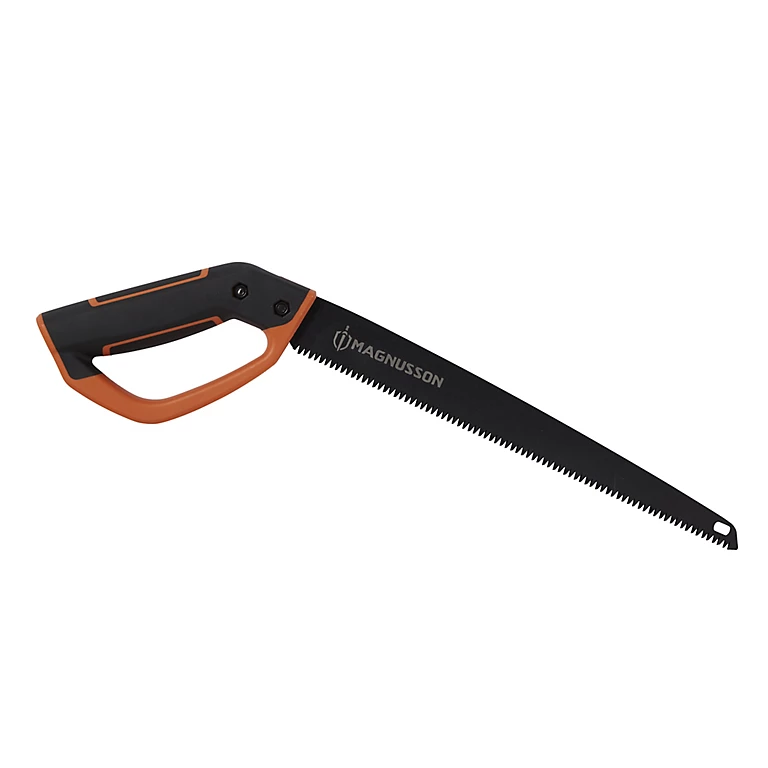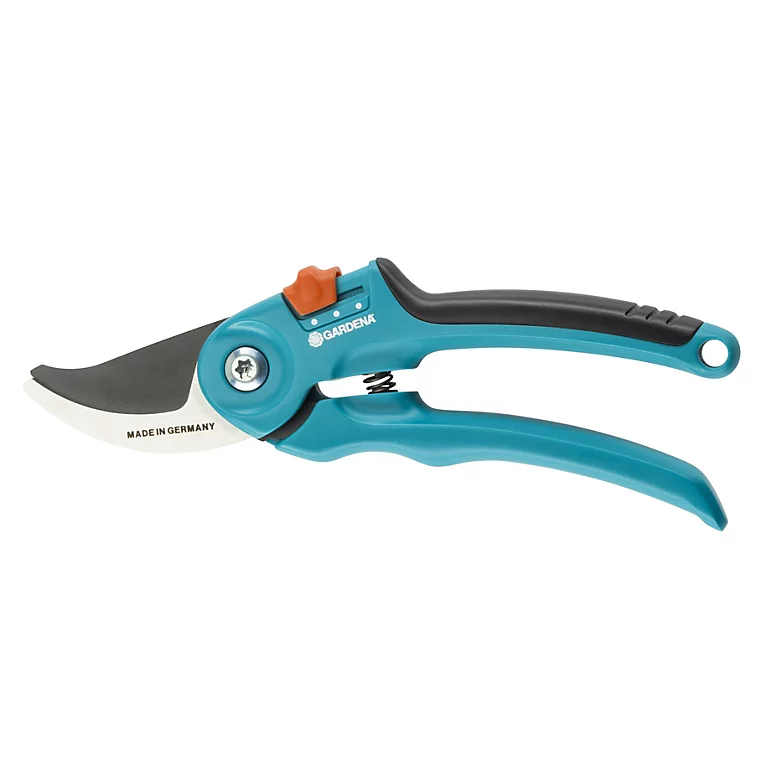How to prune fruit trees for a better harvest – expert-approved tips for plentiful pickings
Encourage a bumper harvest come next season
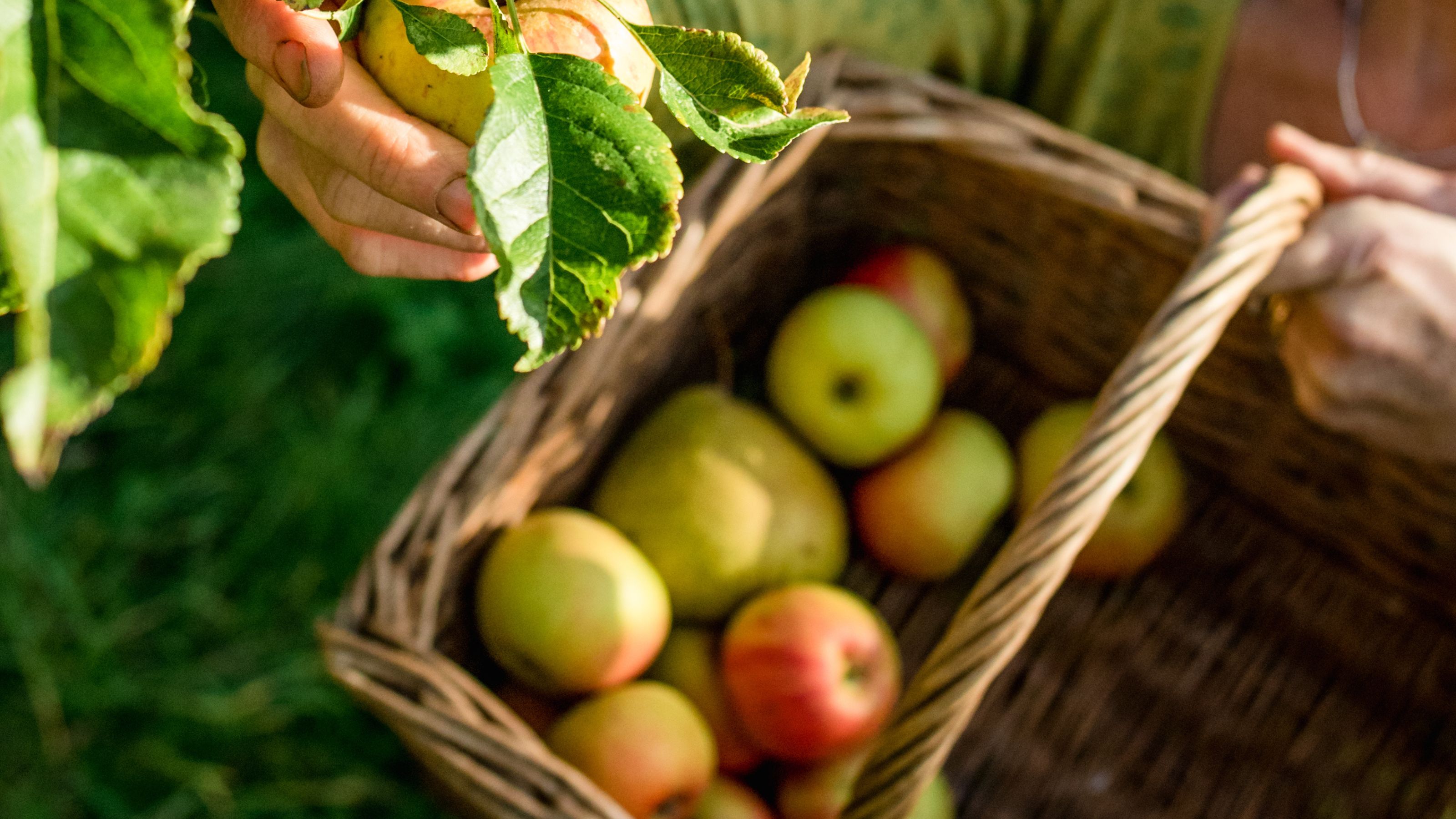

Fruit trees can be one of the most productive parts of a garden, providing gardeners with delicious pickings every year. Knowing how to prune fruit trees for a better harvest will ensure you're making the most of every growing season.
Once you learn how to plant bare root fruit trees, you'll be well on your way to tasty rewards. But if you want to keep them in good shape and encourage better harvests, you'll need to learn how to prune apple trees and other types of fruit trees.
'Pruning can mean healthier trees with a more appealing, uniform look,' says Gerry Edwards, orchard expert at Henchman. 'Ultimately, it also means that more fruit can be yielded, too – a tasty bonus!'
We asked garden experts for their top tips for pruning fruit trees to help you achieve your best harvest yet.
What you'll need
When to prune fruit trees for a better harvest
First, we need to establish exactly when we should be pruning fruit trees to encourage better harvests. Timings vary between different types of fruit trees, but for standard trees like free-standing apples and pears, you should wait until the colder months.
'Generally speaking, you'll want to ensure you prune fruit trees while they aren't blooming or growing, which is generally between November and March in the UK,' says Andrew White, gardening expert at Rhino Greenhouses Direct. 'This helps to avoid disease and ensures you get the best harvest each year.'
Pruning before the onset of new growth reduces stress on the tree. Plus, during the dormant period, the tree is leafless, making it much easier to see what changes you're making to the framework.
Sign up to our newsletter for style inspiration, real homes, project and garden advice and shopping know-how
However, if you're wondering when to prune plum trees and other stone fruits, those follow a slightly different rule – cherries, peaches, apricots and plums can all be pruned in late summer, after the harvest.

Andrew White is Rhino Greenhouses Direct's resident gardening enthusiast with over 8 years' of experience in gardening and greenhouse-related topics. When Andrew isn't sharing his expert advice, he is busy working as the service and sales manager for Rhino Greenhouses Direct.
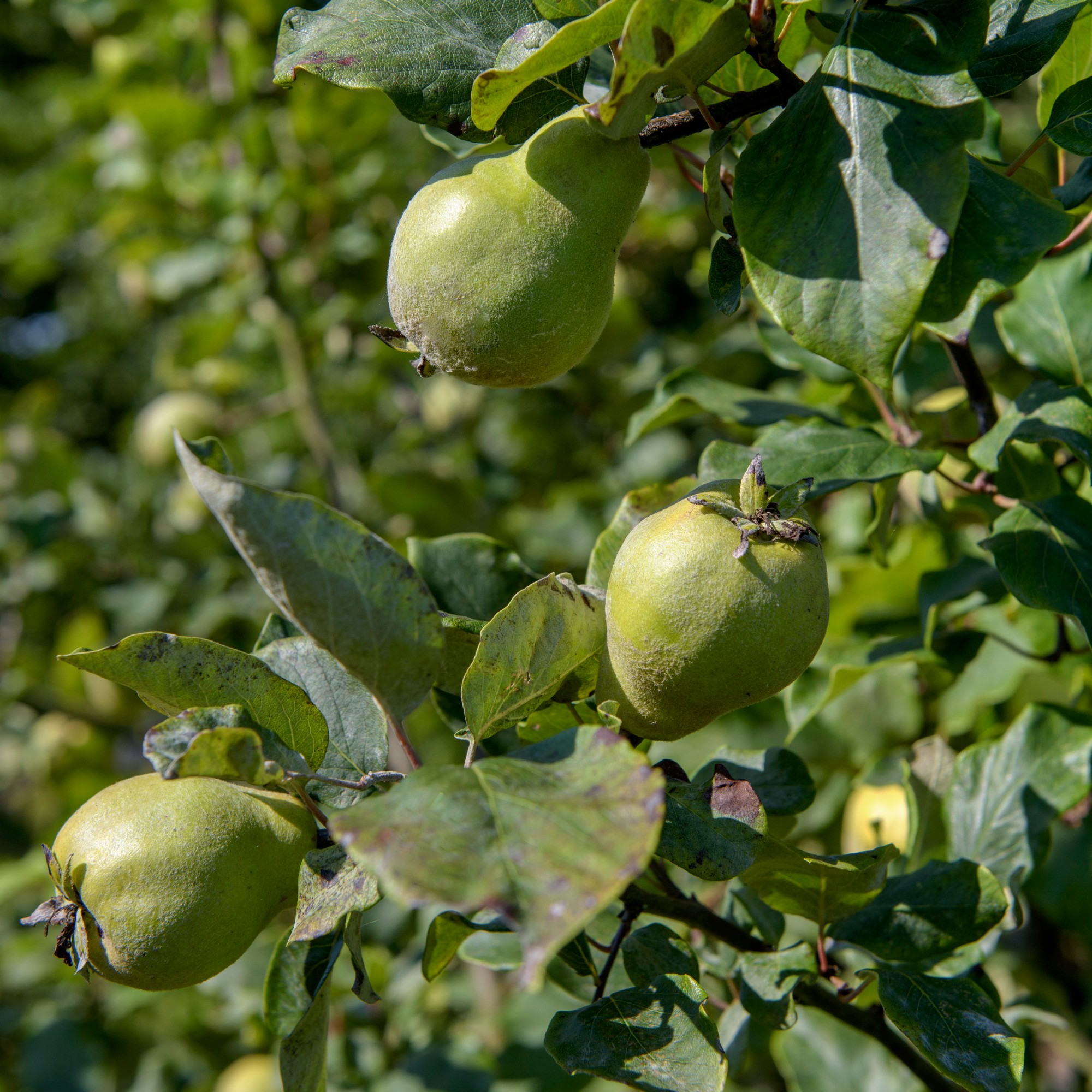
How to prune fruit trees for a better harvest
Pruning fruit trees isn't just about hacking them back into shape. We've rounded up some tricks from garden experts to help you reap the fruits of your labour next season (literally!).
1. Remove dead and damaged branches
To start with, you'll need to eliminate any weaker parts of the tree which are a detriment to its growth.
'Generally speaking, the first step when pruning a fruit tree is to remove dead, dying or diseased branches,' says Gerry from Henchman. 'Then, thin out the extra branches and shape the tree, heading back the remaining branches to encourage new growth.'
Removing the weaker branches will give your tree the best chance of fruiting well later on. 'It's really important to ensure that all healthy branches have adequate sunshine to encourage growth again when the tree is not dormant,' adds Andrew from Rhino Greenhouses Direct.
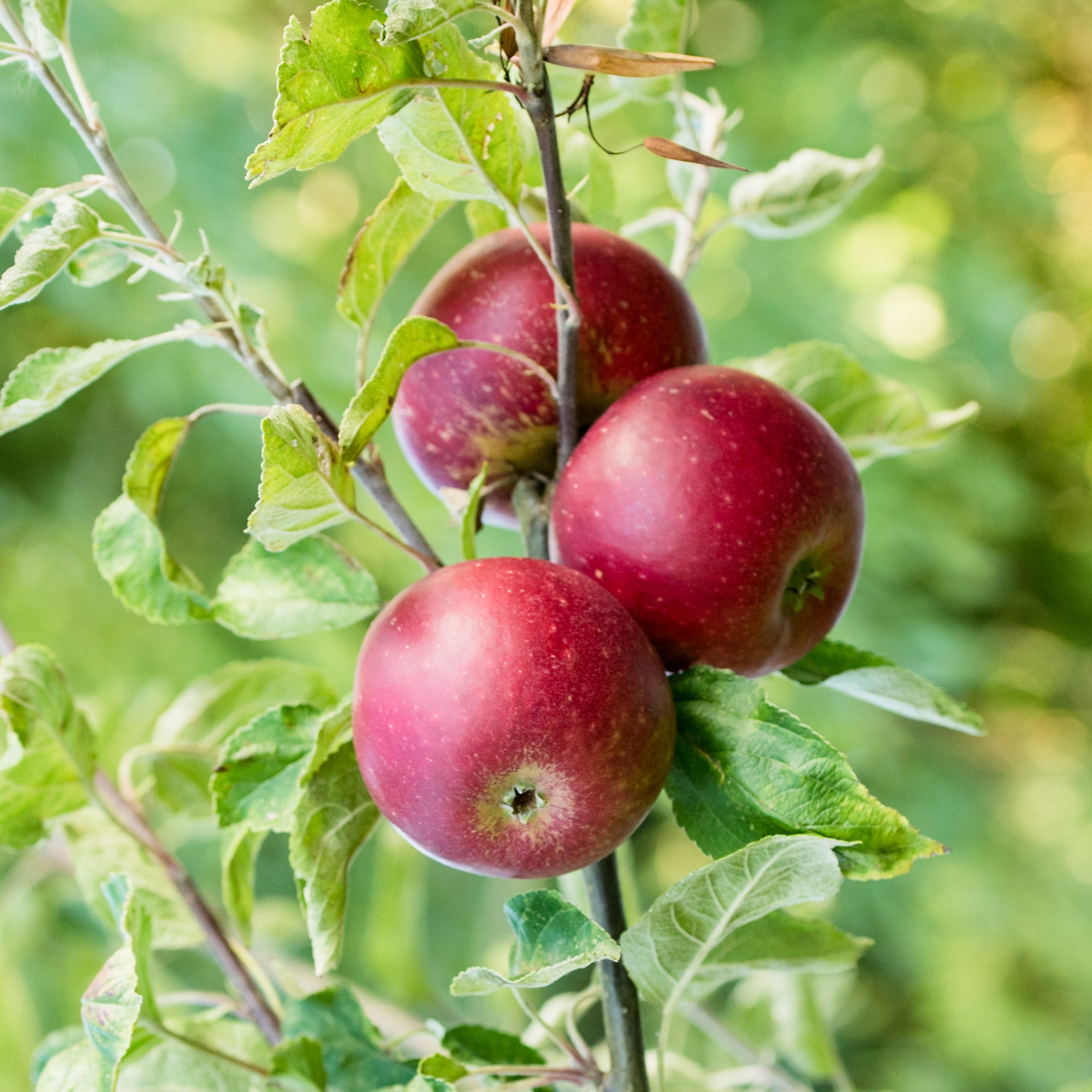
2. Know how much to take off
'Aim to take between 10 and 20 per cent of the overall canopy off, working around the tree evenly,' advises Gerry from Henchman. 'Don’t forget that you can always go back next year and take off more.'
In fact, pruning too hard is one of the mistakes you'll want to avoid if you want a better harvest.
'The best advice I can give anyone pruning apple and pear trees is to not over-prune them each year,' says Andrew from Rhino Greenhouses Direct. 'It can be tempting to try and cut back too much, but this will only hamper your attempts for a more fruitful harvest. Simply cutting back some of the dead branches and focusing on branches that haven't been particularly fruitful the previous season is a good place to start.'
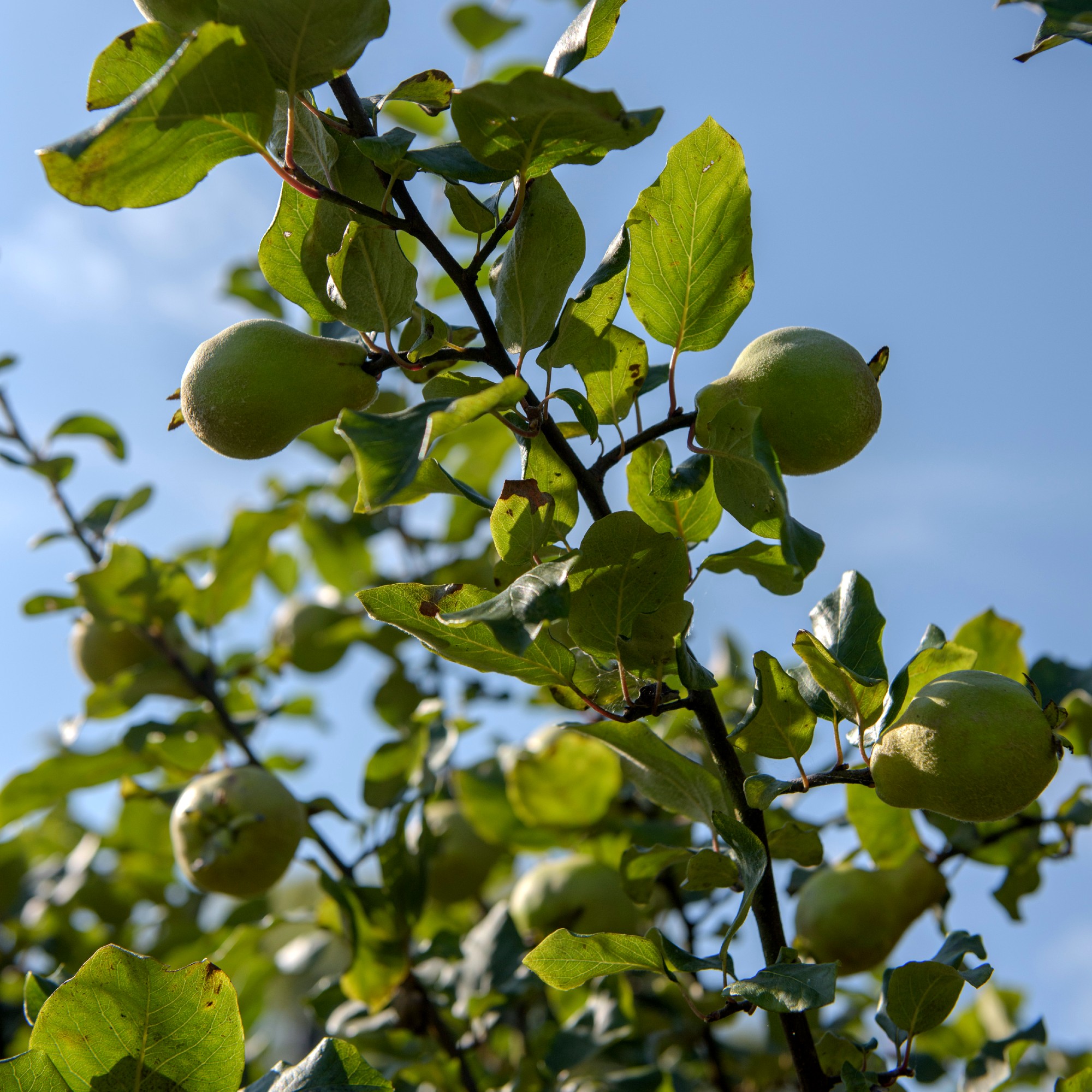
3. Shape it right
When pruning fruit trees, aim for a certain shape to promote healthy growth.
'For standard apple and pear trees, aim to create an open, vase-like shape with well-spaced branches, which enhances light penetration and air circulation,' says Kate Turner, gardening guru at Miracle-Gro. 'This promotes healthier fruit and reduces the risk of disease.'
Plum trees should also be pruned to maintain an open structure, and with other stone fruit trees like cherries and peaches, you should aim to thin overcrowded areas and encourage an open canopy.
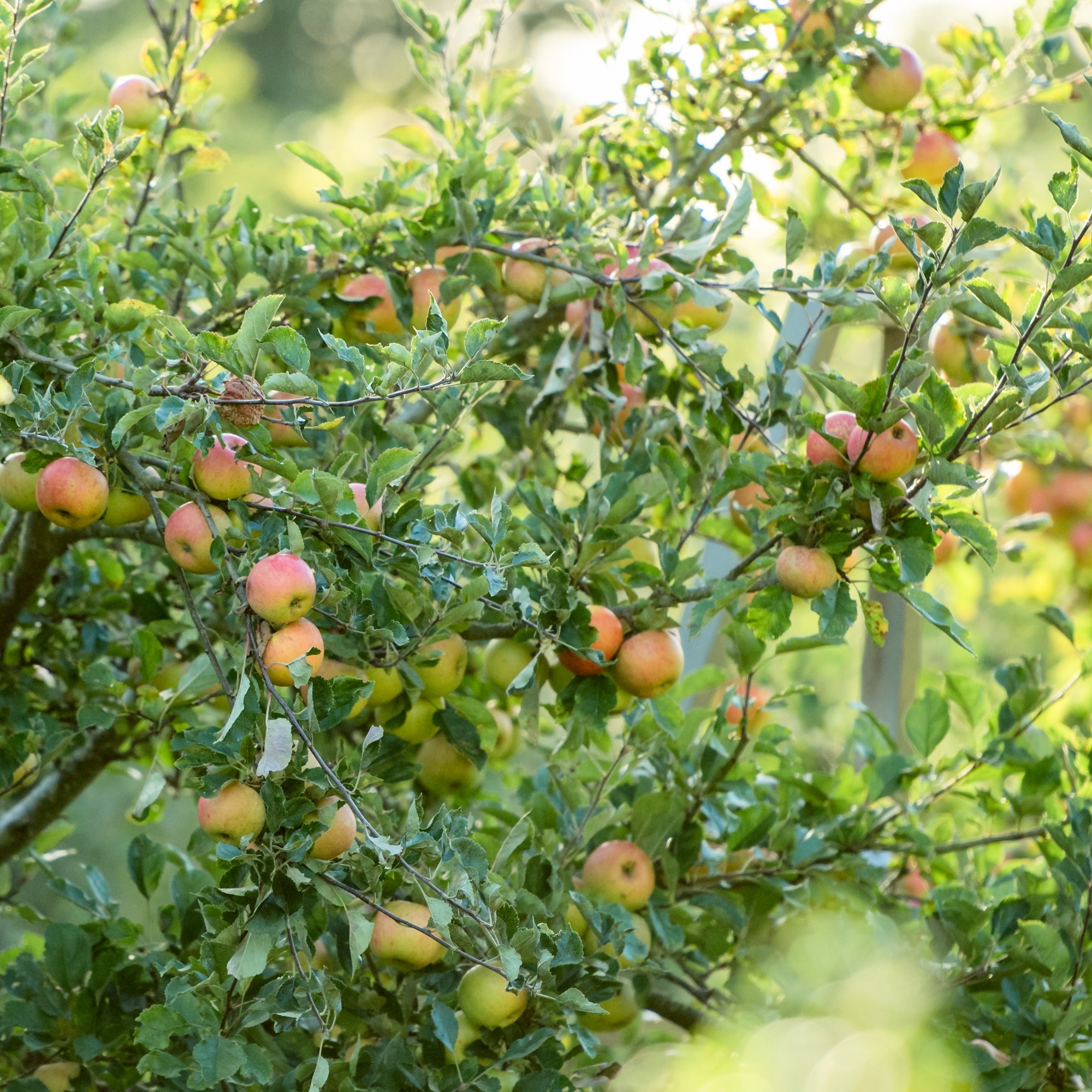
4. Keep an eye out for diseases
'Keep an eye out for common diseases in pear and apple trees,' advises Andrew from Rhino Greenhouses Direct. 'If you see any signs of disease, be sure to take that branch right back to prevent it from spreading throughout the tree.'
Remembering how to clean garden tools properly will also help to minimise the risk of diseases spreading between plants.
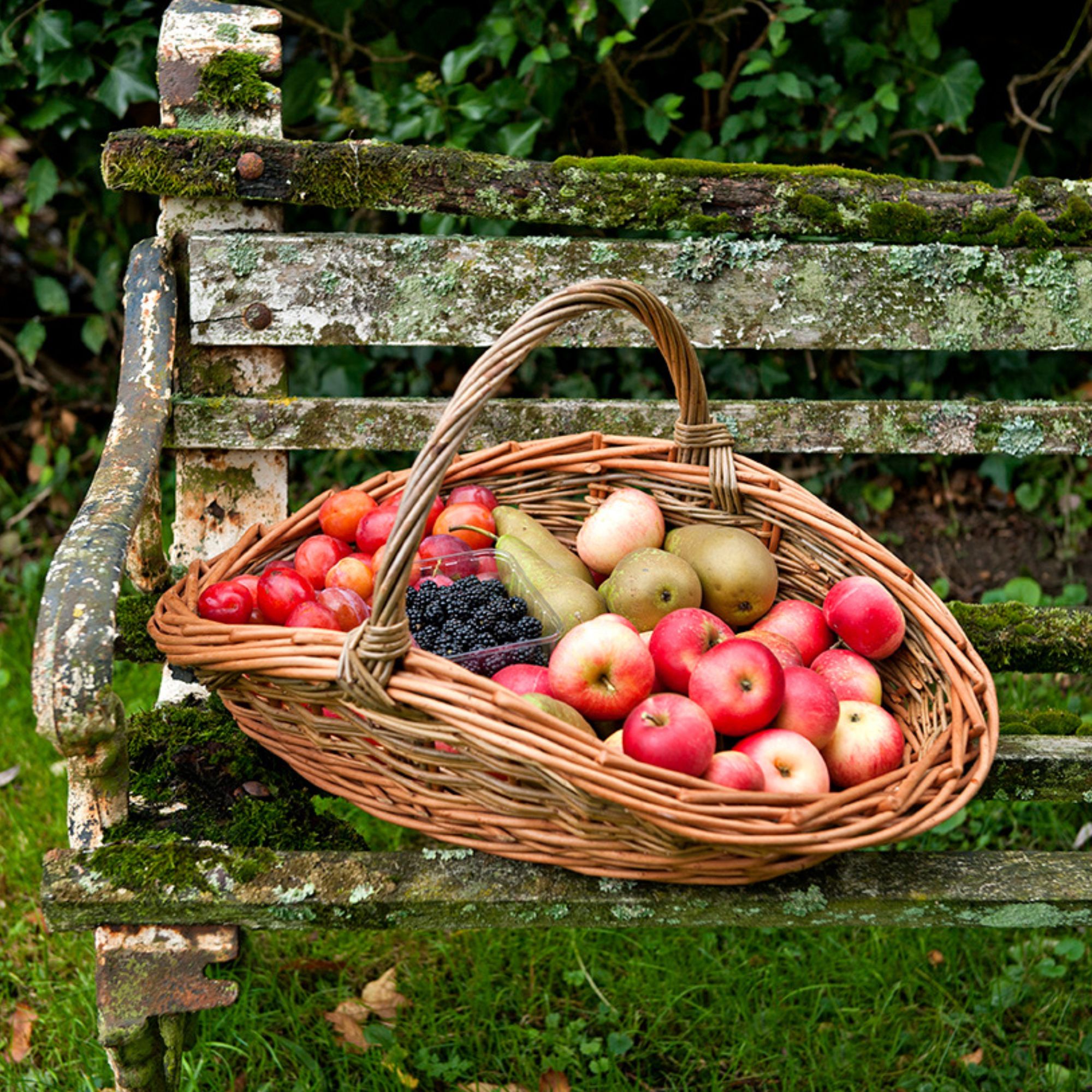
FAQs
Does it matter what time of year you prune fruit trees?
Timing is everything when it comes to pruning fruit trees. Standard apples and pears, for example, should only be pruned during their dormant period.
'If you prune when the trees are not dormant, it can lead to disease, and if you do a particularly bad job, it can even cause major complications with harvests for years to come,' warns Andrew from Rhino Greenhouses Direct. 'My preference is to wait until just before the frost starts to hit, and do it then, or a couple of weeks before spring takes hold.'
What happens if you don't prune apple trees?
If you've been wondering when to prune apple trees but aren't sure if the task is worth it, you might want to consider the drawbacks of skipping the pruning stage.
'If apple trees are not pruned, they can become overgrown and tangled, reducing light penetration and air circulation,' says Kate from Miracle-Gro. 'This can lead to poor fruit quality, reduced yields, and increased susceptibility to pests and diseases. The tree may also produce smaller, less flavourful fruit and become structurally weak.'
So, now you know how to prune fruit trees for a better harvest, you'll enjoy higher-quality pickings year after year.

Sophie joined the Ideal Home team as Gardens Editor in June 2024. After studying English at Royal Holloway, University of London, she began writing for Grow Your Own, which spurred on her love of gardening. She's tried growing almost every vegetable under the sun, and has a soft spot for roses and dinnerplate dahlias.
As Gardens Editor, Sophie's always on the lookout for the latest garden trend. She loves sharing growing hacks for every space, from herbaceous borders to balconies.
